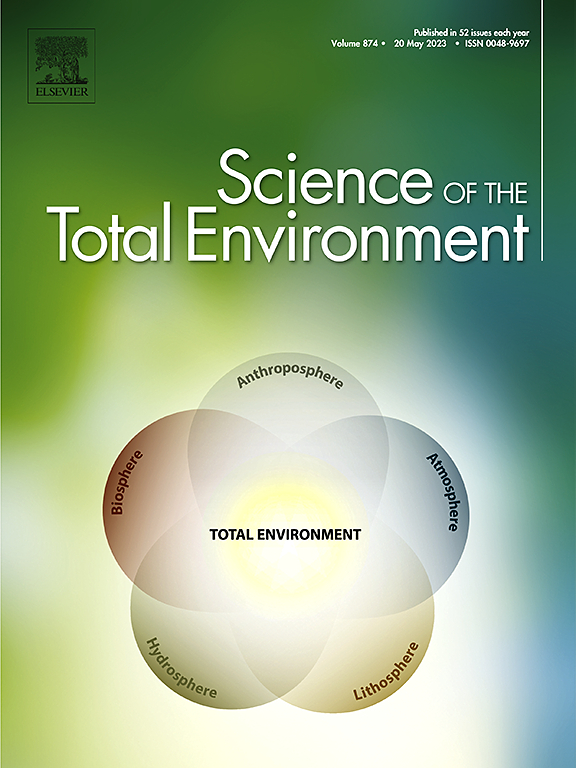Polylactides are a prominent class of biocompatible and biodegradable polymers that can be used to fabricate membranes for wastewater treatment. Excessive nutrient (phosphorus and nitrogen) concentrations in water bodies are a serious concern that has resulted in widespread health problems and potable water shortages. In this study, ultrafiltration (UF) membranes were prepared from polylactic acid (PLA) using the phase inversion method. Scanning electron microscope (SEM), thermogravimetric analyzer (TGA), and Fourier-transform infrared (FTIR) analysis were used to characterize the membranes. The hydrophilicity of the membrane surface was investigated by analyzing the water contact angle (CA). The results showed that the PLA membranes had a finger-like asymmetric morphology and various dense pore sizes. When the concentration of the PLA polymer increased from 15% to 20%, the removal of ammonium‑nitrogen (NH4+-N) increased from 41.9 ± 1.3% to 95.9 ± 3.1% and from 50% to 87% for synthetic and raw wastewater samples, respectively. Up to 52% removal rates of phosphates (PO43−-P) were achieved using PLA membranes. This study revealed a great opportunity to develop green, efficient, and sustainable PLA membranes for the treatment of wastewater with high nutrient content. © 2022 Elsevier B.V.
2022
Development of green polylactic acid asymmetric ultrafiltration membranes for nutrient removal
- Science of the Total Environment
